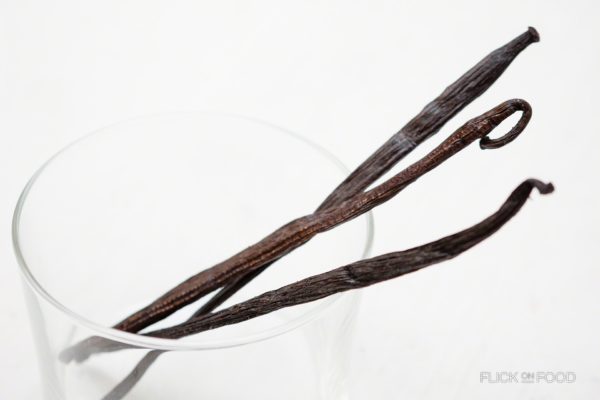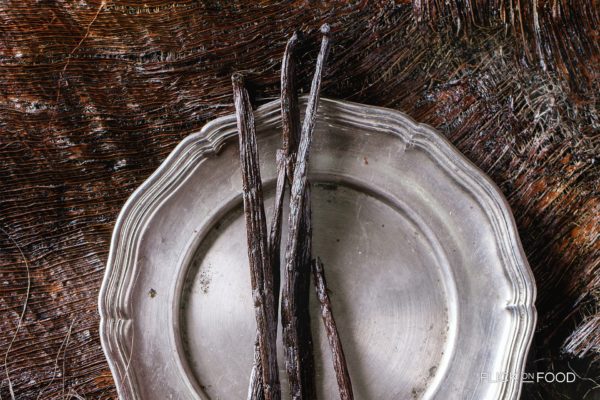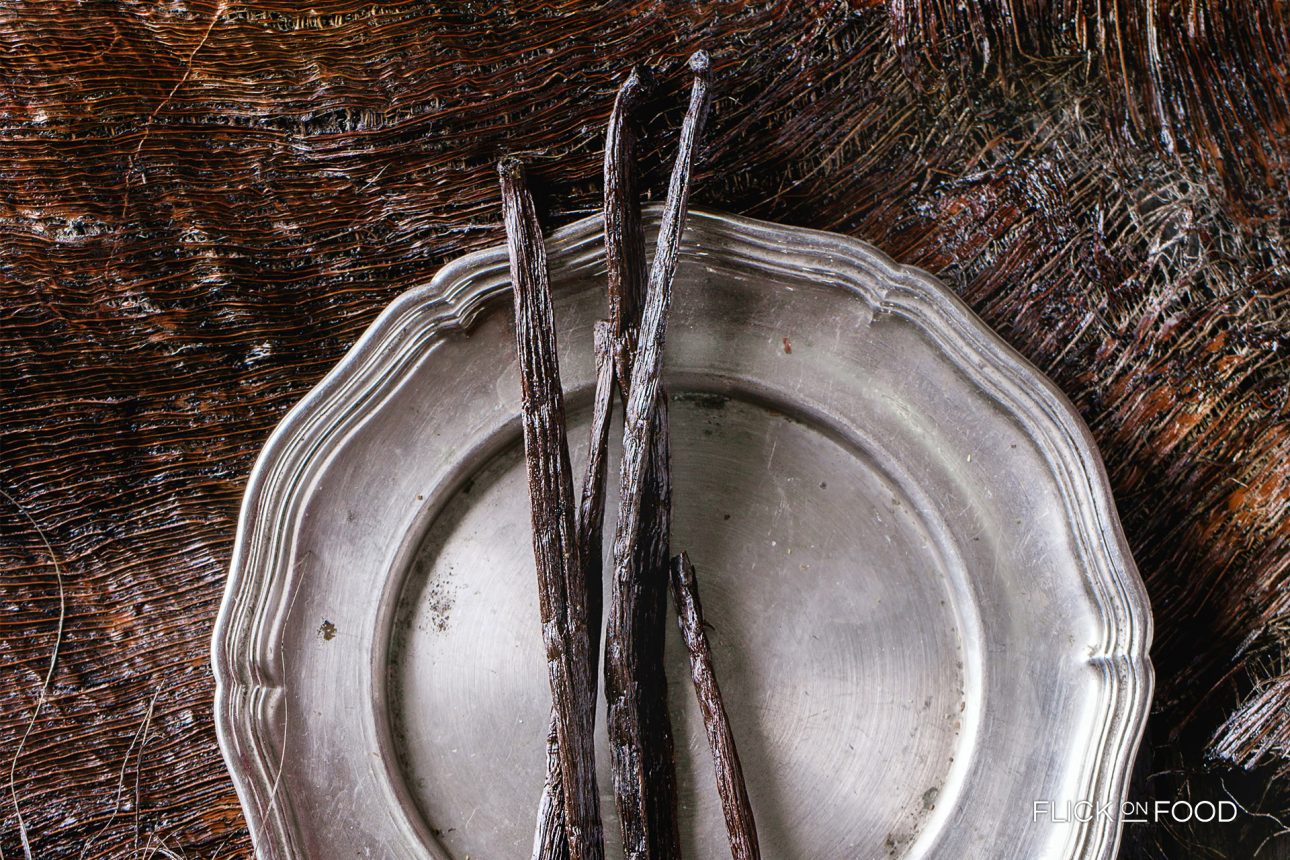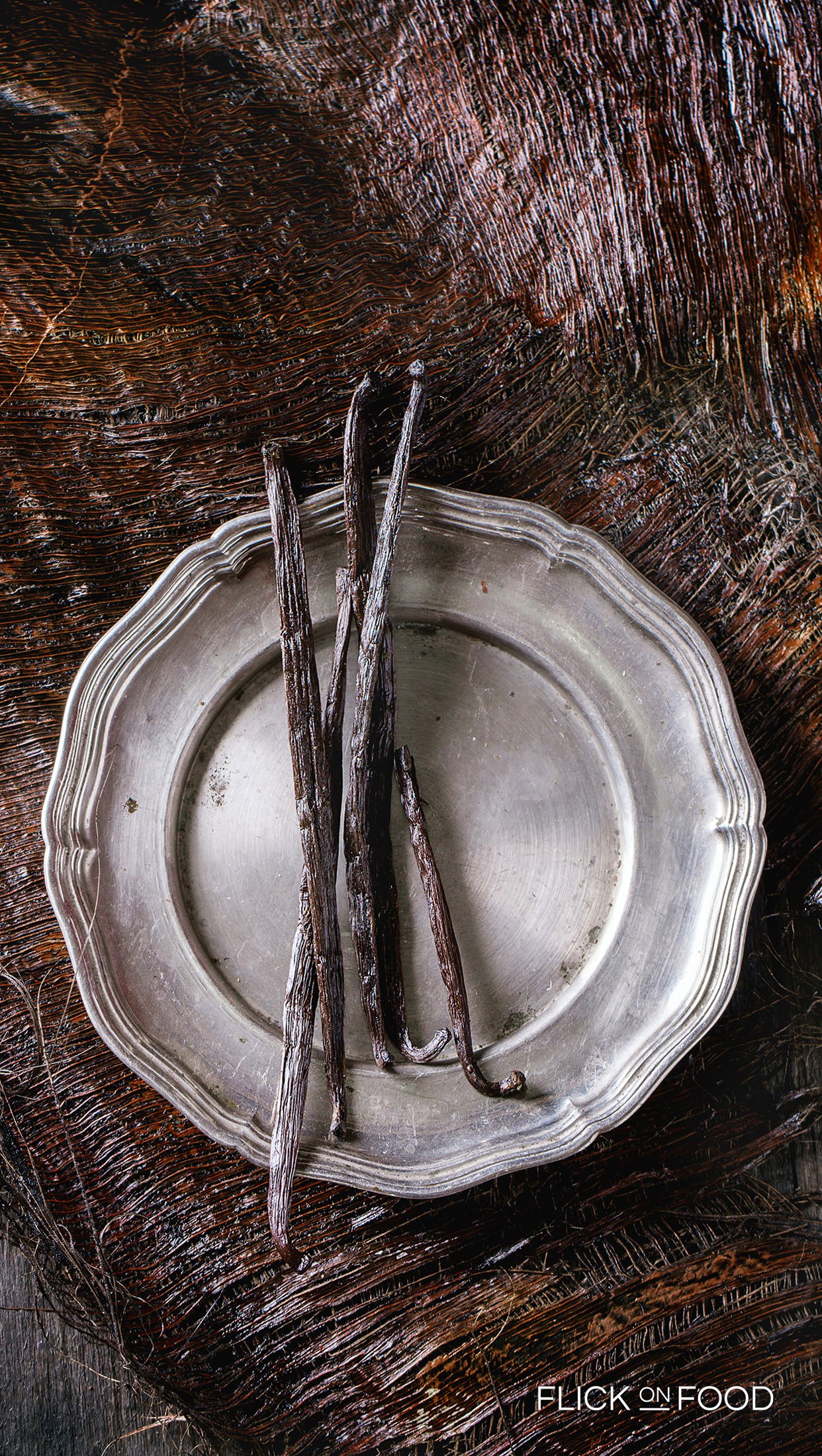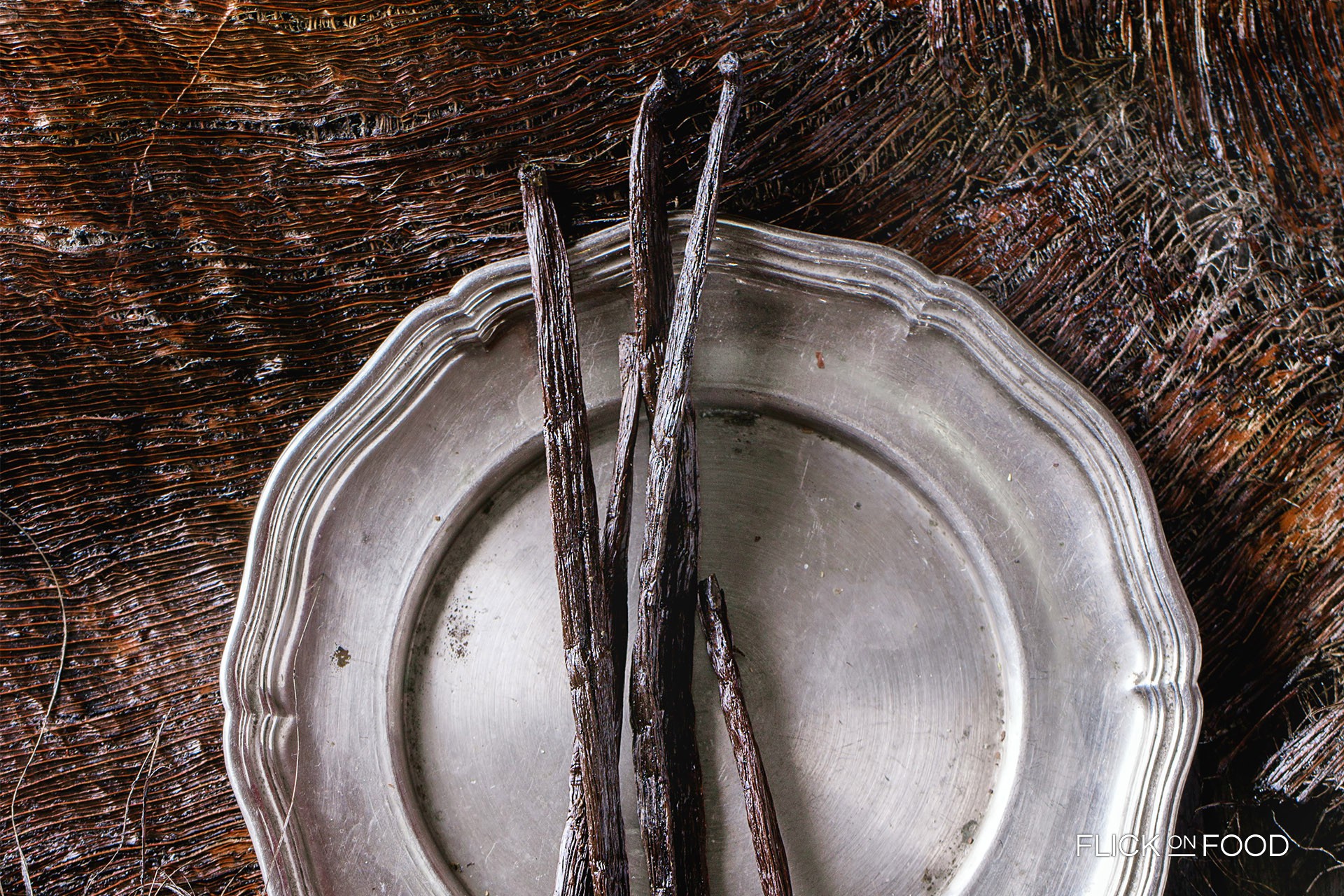
During cold winter evenings Bourbon vanilla adds depth and sweetness to chocolates and warm milk.
Origin
The history of the Bourbon vanilla plant is entwined with the legends of the Toltecs, natives of the American continent of the tenth century, who were the first to use this spice. The Aztecs used it to flavor their sacred cocoa-based drink Xocoatl, which was imported into Europe in 1520 and became a symbol of status for the nobility. Its cultivation began in Mexico, where the Spanish dominion maintained its monopoly for 300 years. At the beginning of the 1800s, thanks to a process of artificial pollination developed by a young slave from Réunion (previously Bourbon), it became possible to cultivate vanilla away from its natural habitat. Réunion was a French colony and it was the French who extended the cultivation of vanilla to Madagascar and the neighboring Comoro islands. At the court of the Sun King vanilla was used as an exotic spice in the kitchen and as eau de toilette perfume.
Cook It
Today Bourbon vanilla, with its strong floral aroma with notes of cocoa, is used mostly in confectionery to add flavor to sweets and creams. In fact, it hides the smell of the eggs very well. It is also excellent for preparing savory dishes, especially of Eastern and African tradition. Bourbon vanilla is commercially available in pods and it is necessary to steep them in hot liquid for several minutes to release their intense aroma. The pod can be reused afterwards, but the infusion takes longer.
Did you know
Bourbon vanilla is the second most expensive spice in the world after saffron. It is considered the most valuable variety of vanilla due to its high content of vanillin, which can be between 1.6 and 2.4%. Despite the competition from other tropical countries such as Indonesia and Thaiti – and even China -, Madagascar is still the world’s leading exporter of vanilla. These superior quality pods mix well with spices like cinnamon, anise, cardamom, ginger and cloves.



